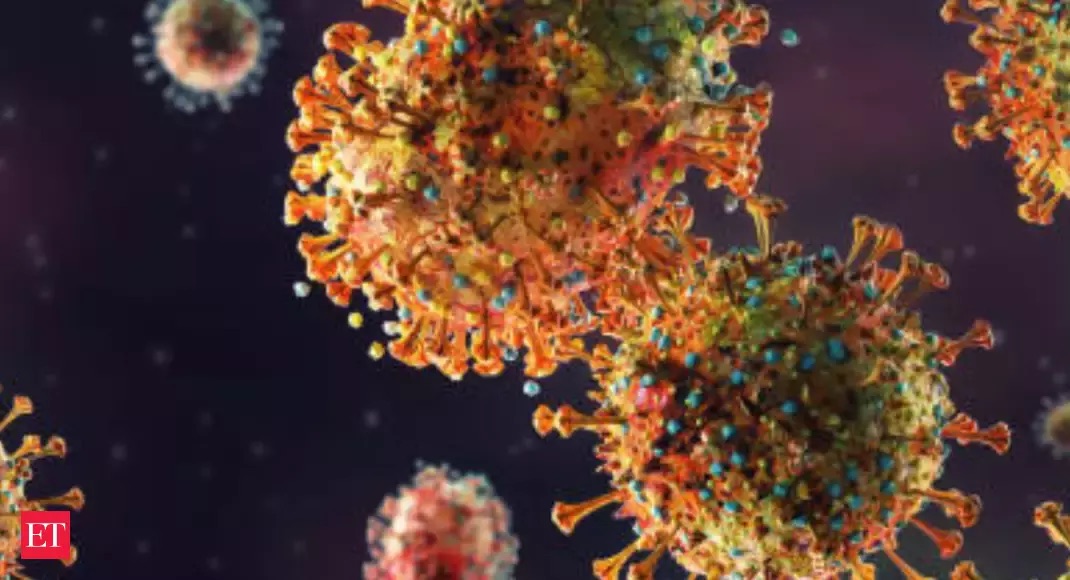Agriculture & Climate change, Canada (Commonwealth Union) – The identification of specific features and patterns such as specific proteins, changes in color have always played a pivotal role in scientific research, however in recent years with the improvement of technology the monitoring of such distinguishable features and patterns has gained more prominence particularly with Artificial Intelligence (AI).
A new technology developed at York University has found a way to measure the light emissions both in labs and fields revealing that healthy plants emit red light not visible to the naked eye.
The glow of healthy plants occurs as delayed fluorescence is bought about by light absorbed from the sun, linked to photosynthetic activity together with the health of the plant. These Plant emissions occur after they absorb a flash of light.
“We can tell how healthy the plant is by the robustness of the red light they emit. The weaker the light gets, the less healthy the plant is,” said Associate Professor of biophysics Ozzy Mermut of the York University, Faculty of Science further indicating that we are unable to always tell the health of the plant just by viewing it, and it generally looks green and healthy until it is tested.
This is where the role of the highly sensitive and portable biosensor plays its part. The biosensor was developed by Mermut and York chemistry Professor William Pietro who stated that they developed a device capable of capturing low intensity light emission from plants.
The tool, which is a SiPM (solid-state silicon photomultiplier) has a portable delayed fluorescence photon counting device and integrated plug-and-play excitation of a simple LED, which can be used remotely. This paves the way for the device to assist in measuring the health and sustainability of plants, particularly those stressed by CO2 emissions, greenhouse gases and extreme weather events, and analyze effects of industrialization. The device is portable as its the size of a briefcase and can be moved around, from crops in Saskatchewan, where Mermut hails from, to protected Indigenous lands all over Canada, or Brazilian rainforests.
“The results of this can tell us about the reaction of plants under various environmental conditions, including drought, heat and cold shock stress or after floods. It does this in a powerful new way that enables us to study this phenomenon of plant emission directly in the field. It’s so sensitive it can count individual photons, particles of light, emitted from plants,” explained Professor Pietro.
A technology that would not have been to be used a few years back as it was too big, not portable in the least, complicated, and costly, all adding to the obstacles in field-based research, until now. Mermut and Pietro are hopeful that other scientists will also begin utilizing the instrument in their studies, possibly looking into the impacts of climate change over time on plants.
They hope to move forward with this technology to mount the equipment on a drone making it possible fly over rainforests, conservation areas and agricultural fields. This can assist farmers address food security, in measuring their health and how it differs over time or in response to environmental stressors.
“This is so important because roughly 20 per cent of oxygen is produced by the Brazilian rain forests,” added Mermut, who has experience in the production of remotely deployable medical devices for health applications across the world and space life sciences research. “You can imagine how useful such technology may become in the future, not only for plants, but for humans as well.”
The research was published in their proof-of-concept study, A SiPM-Enabled Portable Delayed Fluorescence Photon Counting Device: Climatic Plant Stress Biosensing in the journal Biosensors – Photonics-Based (Bio-)Sensors for a Healthy Planet.
Farmers across the world have been facing continuous challenges from tough regulations to economic challenges in recent times, hence new technologies such as this are likely to be beneficial in improving food yield by monitoring plant health at the field level.
















